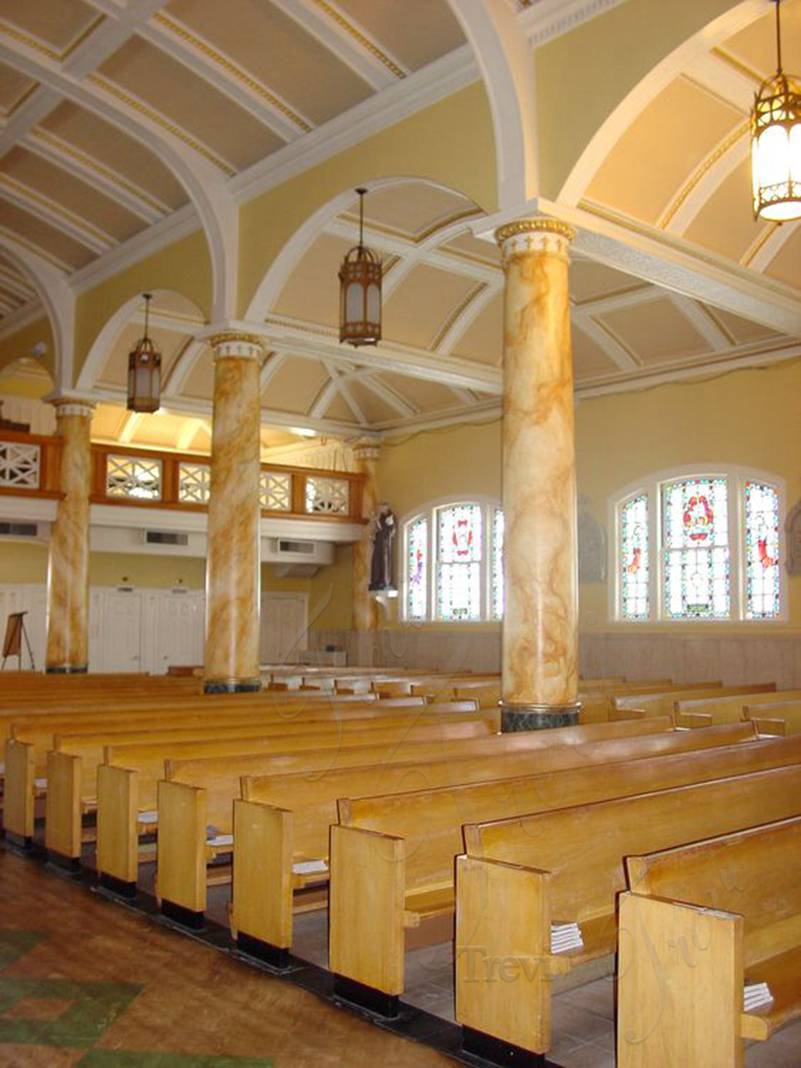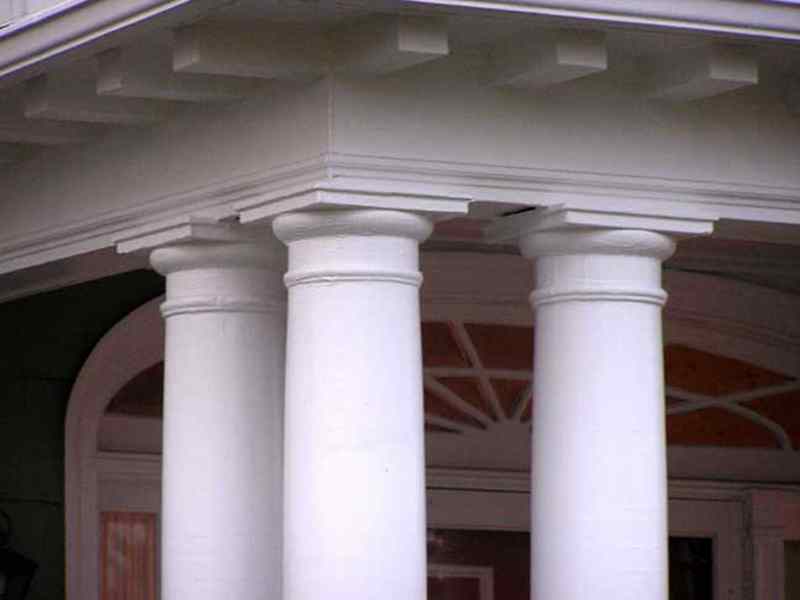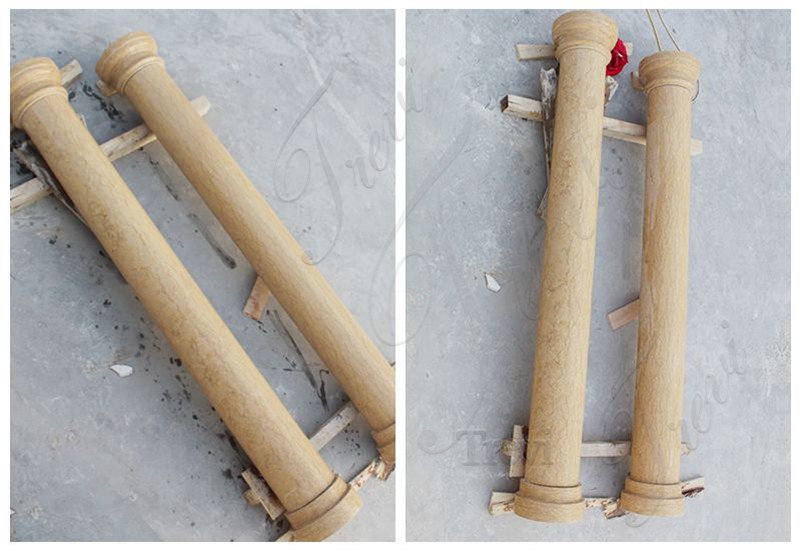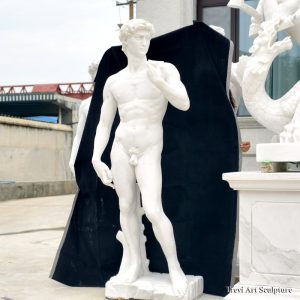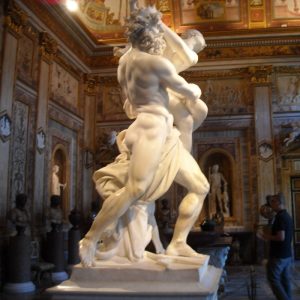The Introduction of Tuscan:
The Tuscan columns, unpretentious, without carving or decoration, represent one of the five orders of classical architecture. It is also the defining detail of today’s neoclassical architecture. The Tuscan marble column is one of the oldest and simplest forms of architecture in ancient Italy. In the United States, columns named after the Tuscan region of Italy are one of the most popular types of columns that hold up the American porch.
Viewed from the bottom up, any column is made up of a base, a shaft, and a capital. The Tuscan column has a very simple base on which to set a very simple shaft. The shaft is usually plain, with no grooves or recesses. The shaft is slender and of similar proportions to the Greek Ionic marble column. At the top of the shaft is a very simple round capitalized shaft. The Tuscan columns are not carved or otherwise decorated.
The Comparison of Tuscan columns and Doric columns:
The Roman Tuscan columns are similar to the Doric columns of ancient Greece. Both styles of columns are simple, with no carving or decoration. Traditionally, however, Tuscan columns have been slimmer than Doric columns. Doric posts are stout and usually have no base. Also, Tuscan columns usually have a smooth shaft, while Doric columns usually have grooves.
The Origin of the Tuscan Column:
Historians have debated the timing of the appearance of the Knights of Tuscan. It has been said that Tuscan is a primitive style, appearing before the famous Greek Doric, Ionic, Corinthian order styles. But other historians say that the classical Greek order was the first to emerge, those Italian architects who adapted Greek ideas and developed the Roman Doric style, which later evolved into the Tuscan order.
Through our detailed introduction, you would definitely get to know this Tuscan marble column better. A simple design could always fit into any architectural design. To learn more about the marble columns, please feel free to contact us at ant time.
